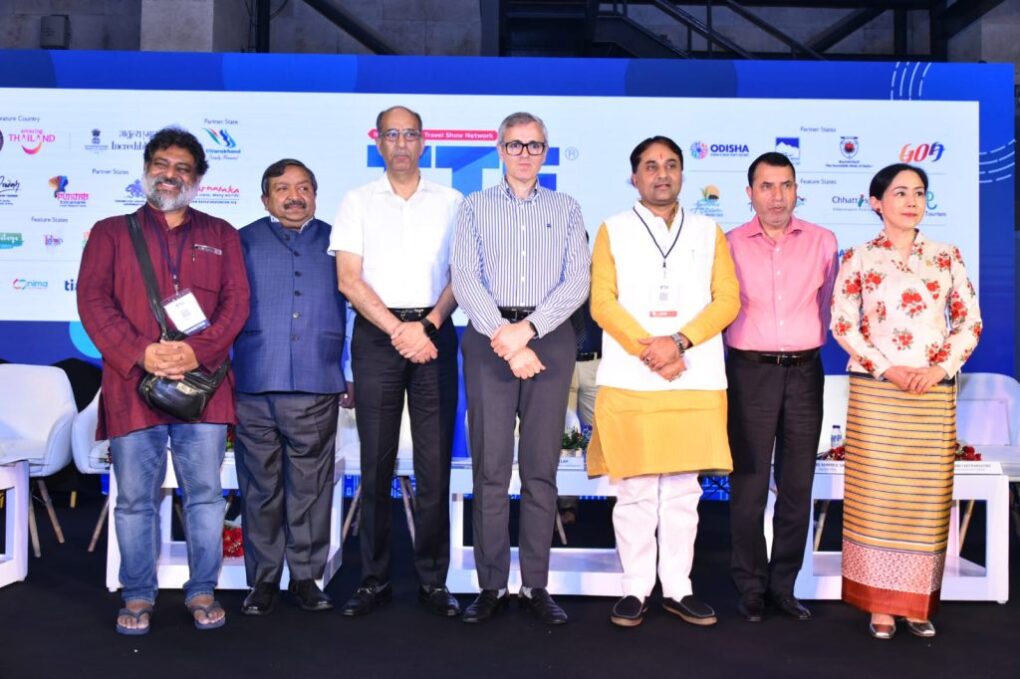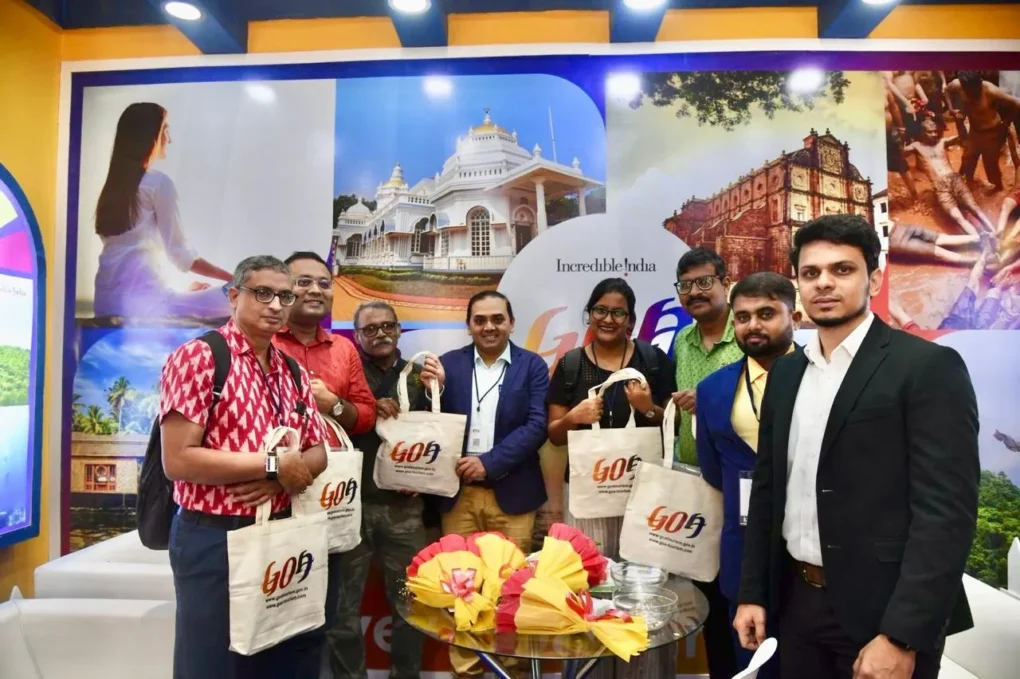

By Netpal Travel Bureau
Kolkata, the City of Joy came alive with the hues of Incredible India as the Travel & Tourism Fair (TTF) Kolkata 2025 unfurled at Biswa Bangla Mela Prangan. Against the backdrop of monsoon drizzles and infectious energy, this year’s TTF wasn’t just a trade fair, but was a celebration of India’s rich and diverse travel tapestry, reflecting a dynamic tourism sector gearing up for a transformative second half of the year.
Spanning three days, the event witnessed an impressive confluence of state tourism boards, private players, DMCs, hotel groups, airlines, technology solution providers, and an enthusiastic footfall of travel agents, corporate buyers, media, and travel influencers. What set the 2025 edition apart was its renewed focus on destination storytelling, sustainable tourism, and multi-sector partnerships—especially at a time when Indian travellers are seeking deeper, offbeat, and experiential journeys.
Several Indian states put up spectacular displays, bringing not just brochures but immersive narratives, local flavours, and cultural performances that spoke to the heart of travellers and trade partners alike.
Goa Tourism, with its contemporary pavilion design, sought to reposition itself as more than a beach destination. The focus this year was on hinterland tourism, monsoon treks, spiritual trails, and village homestays.
From pilgrimage routes like Char Dham to serene yoga retreats in Rishikesh and alpine treks in Munsiyari, Uttarakhand Tourism drew attention for its balanced showcase of adventure and spiritual tourism.
The tiny Himalayan state made a mighty impact. Sikkim’s booth buzzed with interest as it unveiled new trekking circuits, community-based village tourism, and its rising popularity in film shoots.
Karnataka Tourism turned heads with its VR showcases of Hampi and Bandipur, while also pitching coastal Karnataka and unexplored forts to travel professionals.
The presence of Uttar Pradesh Tourism created waves, especially with its renewed emphasis on the Kashi-Vrindavan-Ayodhya circuit, Buddhist trails, and the grand Ram Mandir narrative.
The event wasn’t limited to Indian states. International tourism boards, hotel chains, and MICE planners from countries like Thailand, Malaysia, and Nepal also participated, adding a global perspective to an otherwise domestic-heavy edition. The shift in mood was clear—India is not just bouncing back, it is moving forward with confidence.
Seminars on tourism digitization, sustainable practices, and film tourism added intellectual depth to the event. A B2B networking zone remained active through the fair, where deals were struck, itineraries crafted, and ideas exchanged.
Unlike earlier years, July is no longer a quiet month. The timing of TTF Kolkata in mid-monsoon proved strategic, especially for states promoting their rain-washed beauty. From green retreats in Wayanad to jungle lodges in Madhya Pradesh, the trade was actively scouting for seasonal campaigns.
Kolkata continues to hold its position as the gateway to the North East and a launchpad for spiritual, hill and rural circuits. With its deep cultural legacy and growing outbound segment, the city plays a pivotal role in shaping regional travel demand.
TTF Kolkata 2025 has proven once again that the future of Indian tourism lies in collaboration, innovation, and deep cultural storytelling. The trade is not waiting for the peak season anymore—it’s preparing ahead of it. The fair was a timely reminder that India’s travel growth story is not just alive—it’s thriving.

